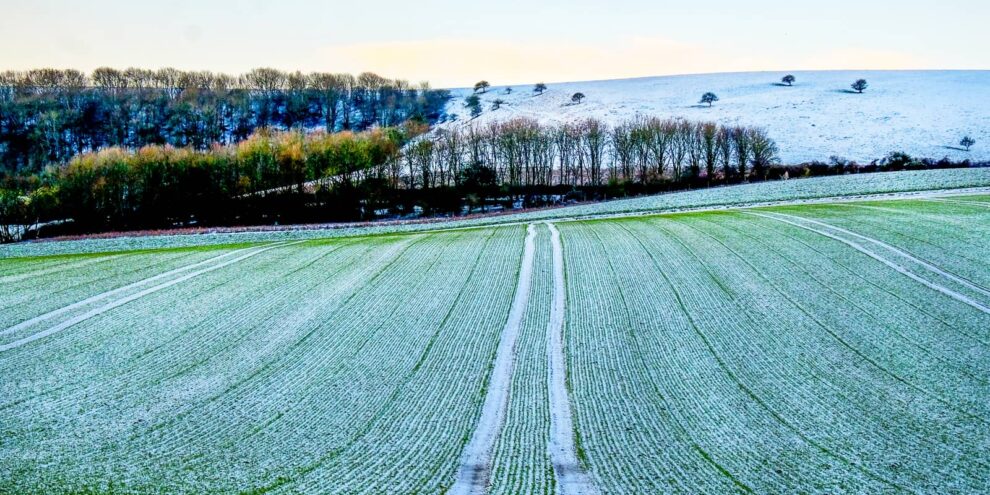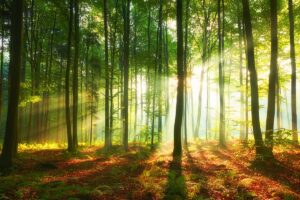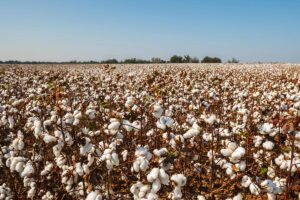Cropland is widely known to be an investment that hedges against inflation and provides steady long-term financial returns. Before jumping head first into purchasing land for crop production, however, there are a few factors investors should consider, even if they aren’t a soil scientist or a farmer. Evaluating the soil acidity, type and drainage level for a piece of land can lead to a more successful harvest by recognizing and addressing fundamental issues before planting.
The Best Soil Type for Crop Production
Any smart investor knows that growing wealth starts with a strong foundation — Turns out, crops aren’t any different. While many factors, such as climate, pests and unavoidable natural disasters may affect the final product, crops begin just like anything else: from the ground up.
Soil type is categorized into sand, silt, and clay. The best growing medium for row crops is a combination of all three called loam, which is 40% sand, 40% silt, and 20% clay. Loamy soil provides the ideal foundation for row crops because it retains adequate water and nutrients, but drains well enough for root respiration. Proper drainage is vital to preventing root rot, wilting, discoloration and stunted crop growth.
Determining Soil pH Level
Just as blood pH is an important indicator of a person’s health, soil pH can give investors key insight on land health and profitability. The soil pH scale is a range from 0 to 14, with acidic soil having a pH less than 7.0, and alkaline soil having a pH greater than 7.0.
According to Cornell University, “Adjusting soil pH to a recommended value can increase the availability of important nutrients.” While the ideal soil pH level can vary depending on the region, most row crops grow best in a soil pH level ranging from 6.0-7.0 pH. Testing soil pH level can tell investors whether or not the vital nutrients their planned crop would need are already present in the piece of land they are considering.
Three determinants of soil type and pH level are region, climate and rainfall. These factors are essential to consider when selecting a location for production, as they will also greatly influence crop quality and yield. As a rule, drier regions typically have more alkaline soil, while regions with heavy rainfall have more acidic soil.
Get the Scoop on Your Land Investment
Buying land for crop production can be overwhelming, but knowing what questions to ask about these aspects of land health can help easily determine the resource availability, and therefore, profitability, of the potential investment. Reaching out to the local agriculture extension service can help a prospective land investor analyze these elements, saving the future operation time and money.
This content may not be used or reproduced in any manner whatsoever, in part or in whole, without written permission of LANDTHINK. Use of this content without permission is a violation of federal copyright law. The articles, posts, comments, opinions and information provided by LANDTHINK are for informational and research purposes only and DOES NOT substitute or coincide with the advice of an attorney, accountant, real estate broker or any other licensed real estate professional. LANDTHINK strongly advises visitors and readers to seek their own professional guidance and advice related to buying, investing in or selling real estate.










Add Comment